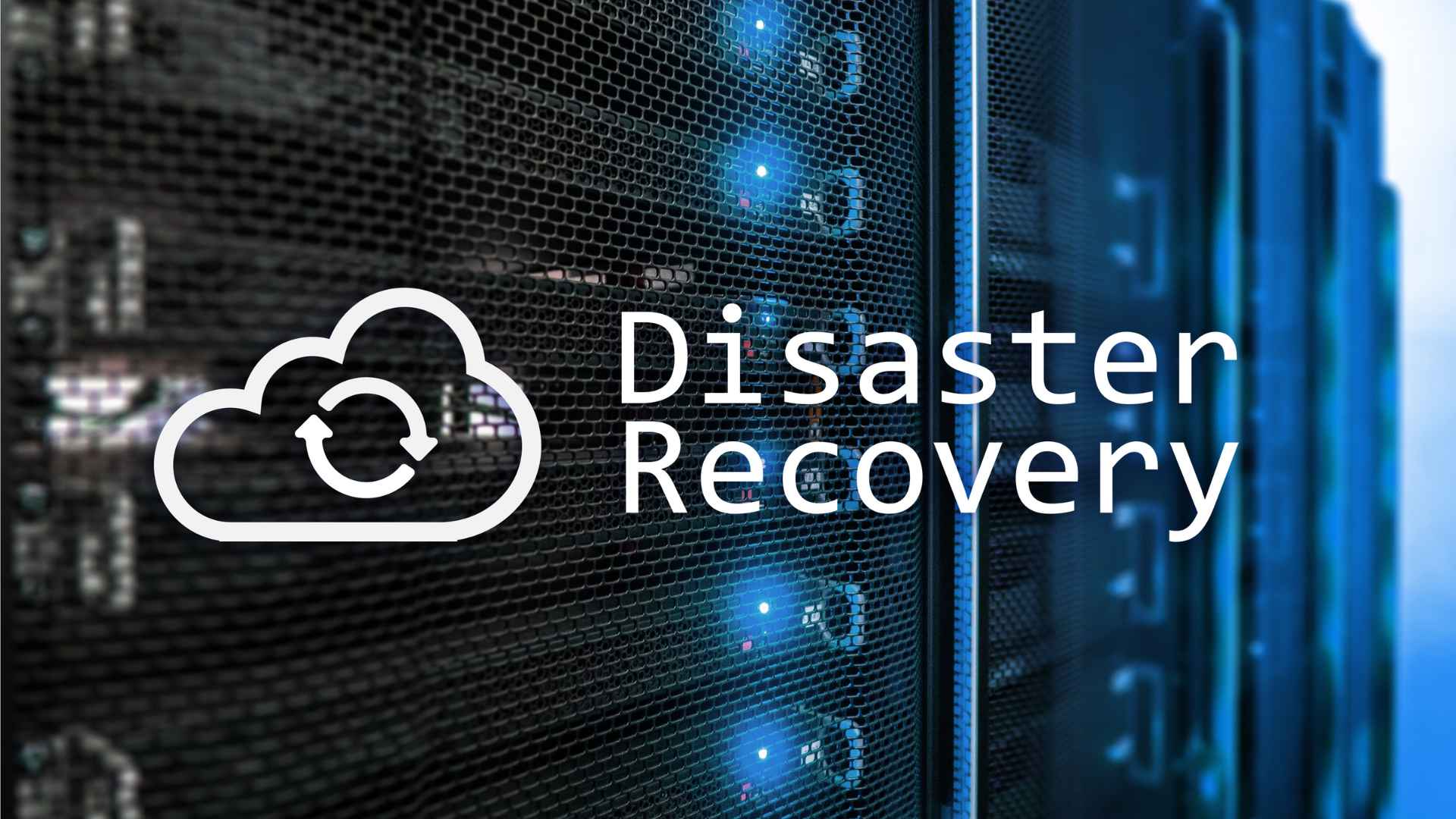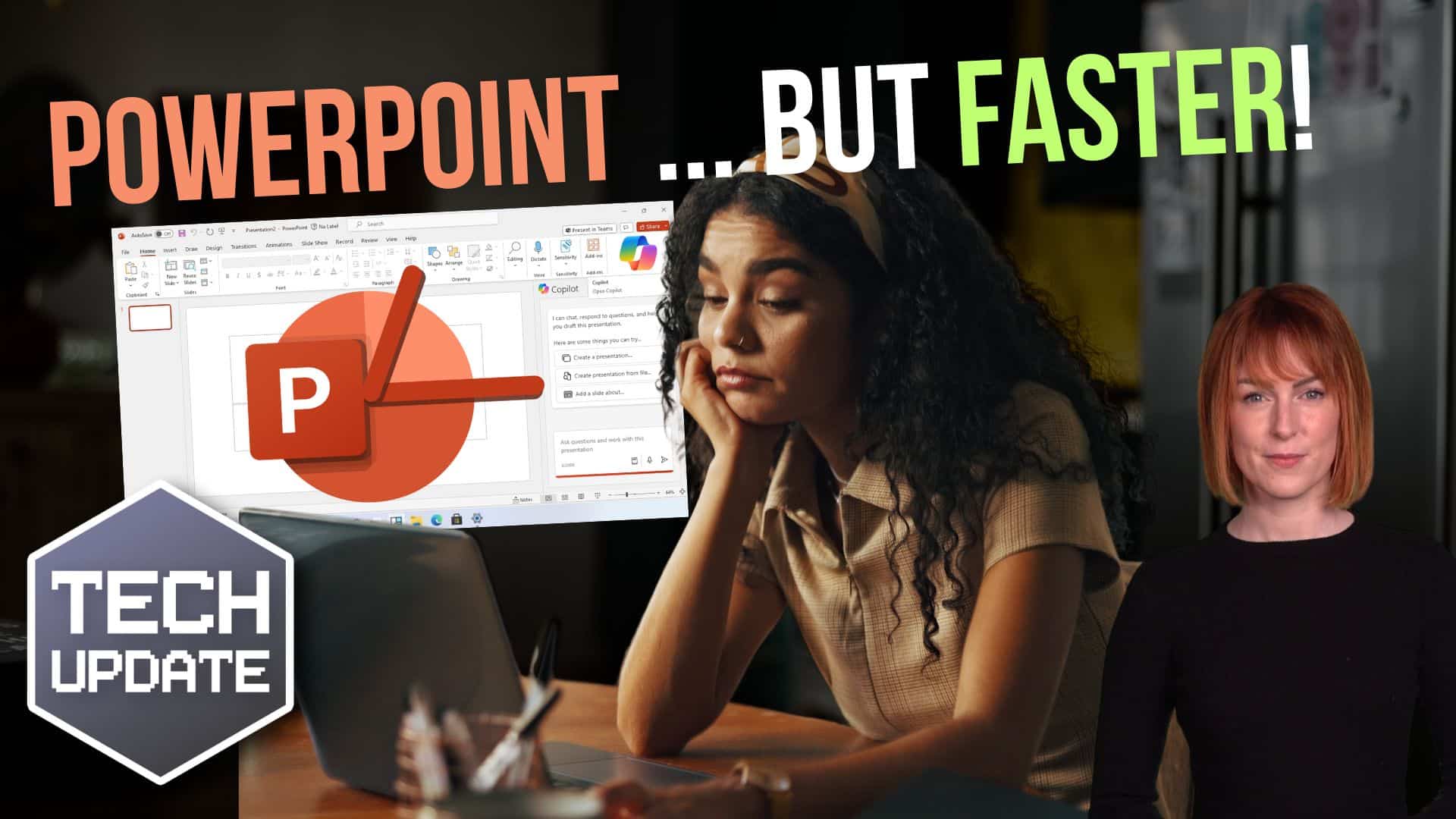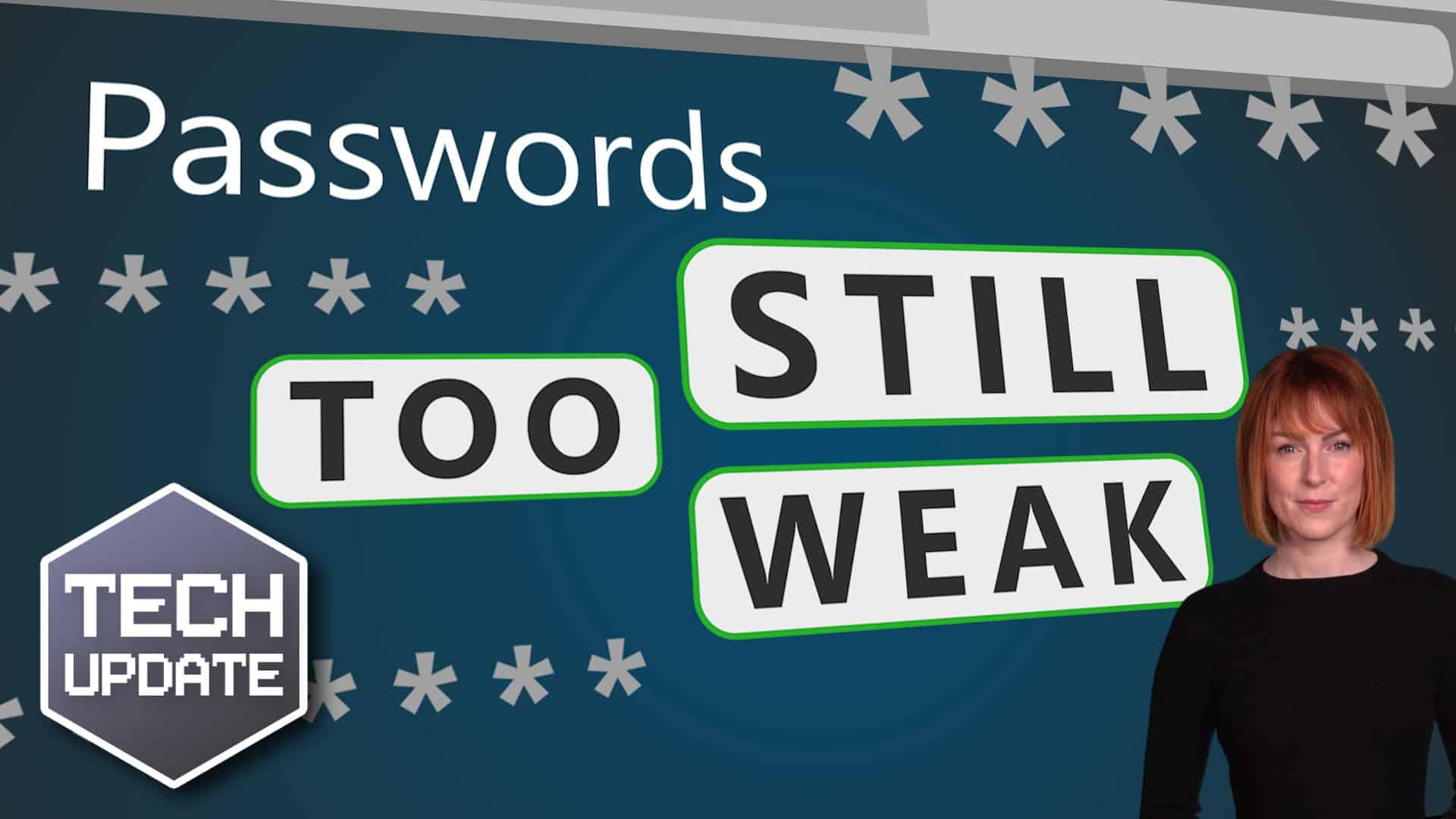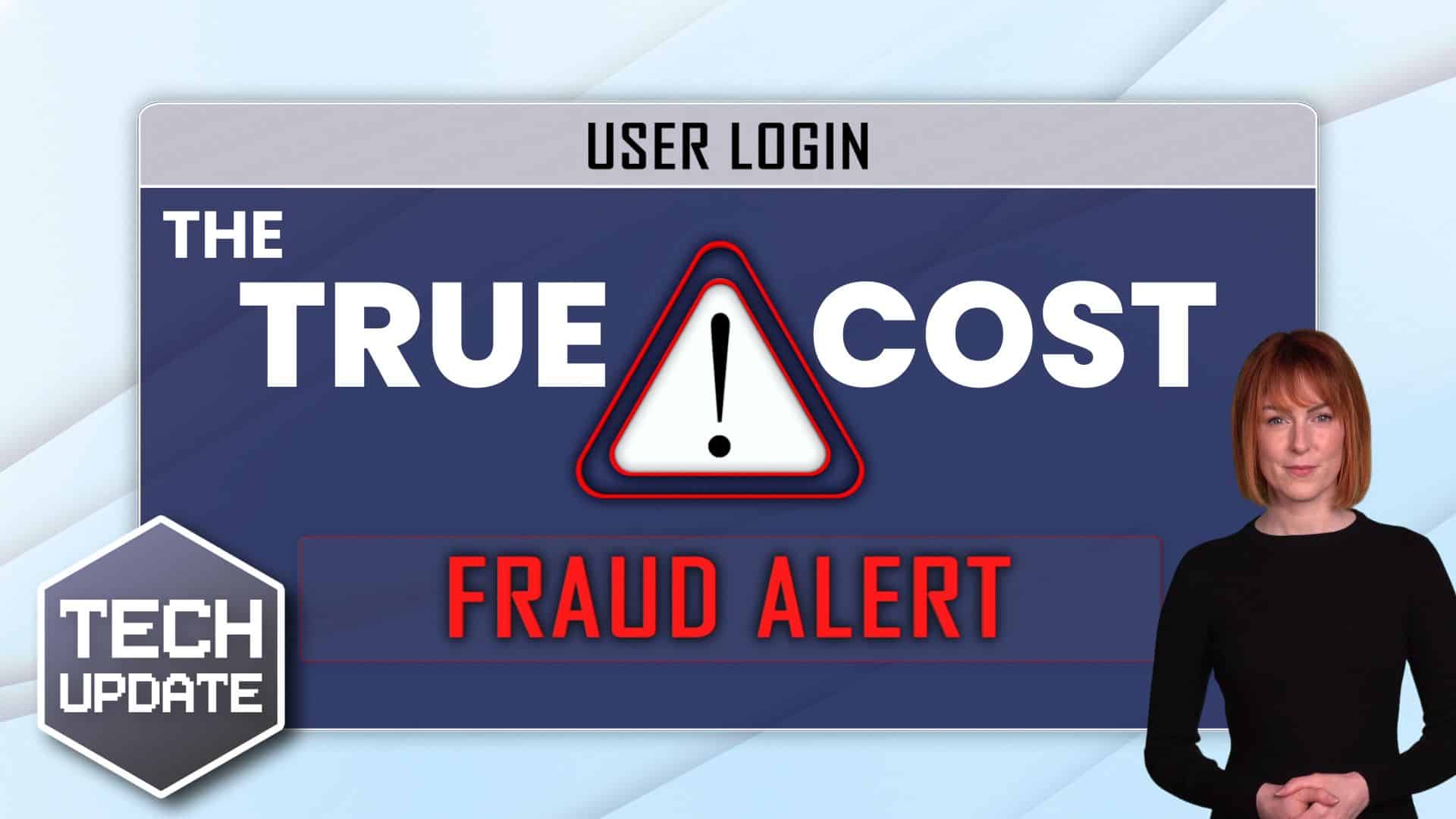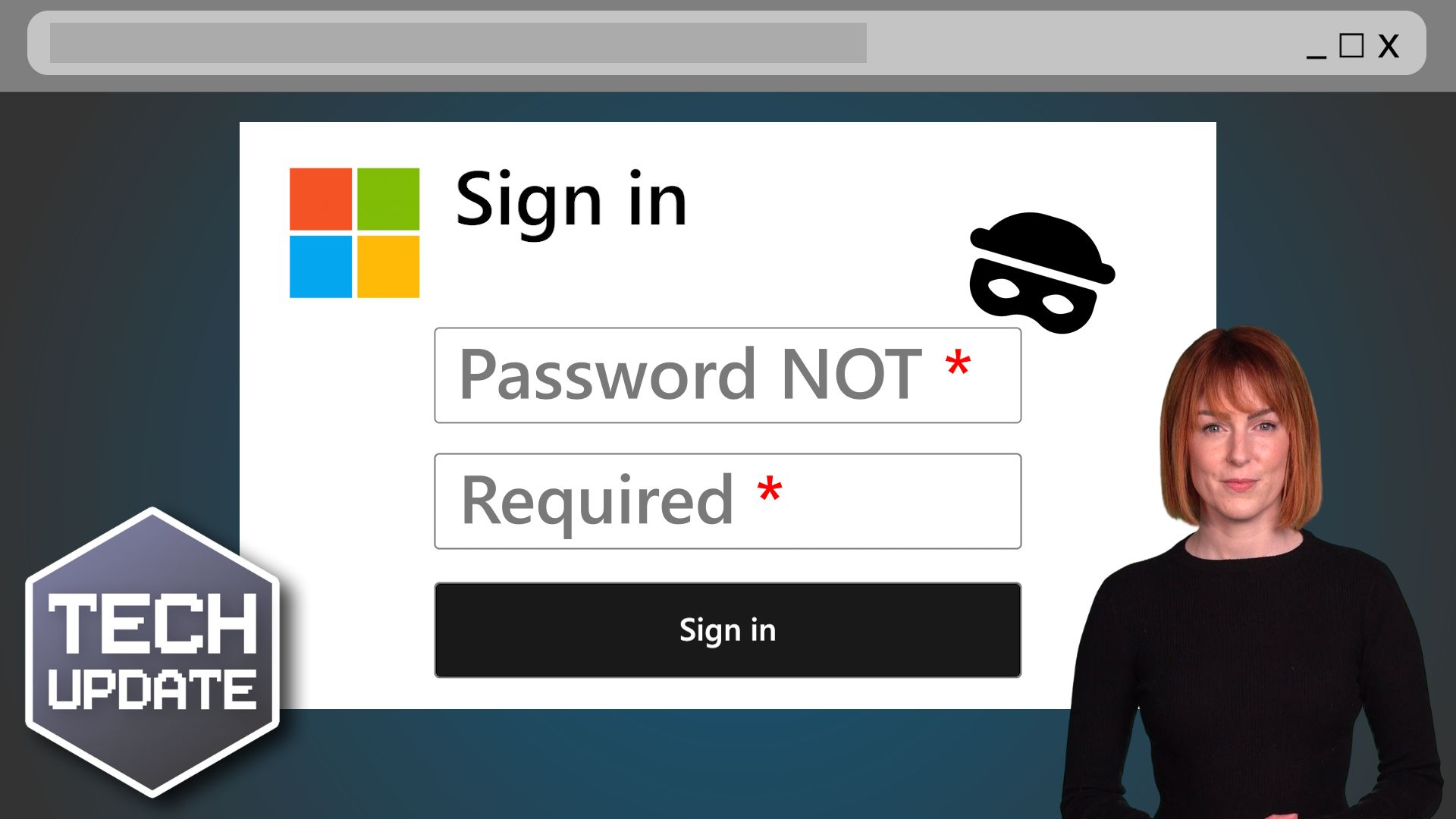Table Of Contents
A Business Continuity Plan, or BCP, is a comprehensive strategy that outlines how a business will continue operating during and after an unexpected disruption. Whether it’s a natural disaster, system failure, or cyber incident, the aim is to ensure minimal impact on services, employees, and customers.
Unlike disaster recovery, which focuses mainly on IT systems, business continuity planning covers every part of the organisation, from physical premises to staffing and supply chains.
Key Components of a BCP
A solid business continuity plan includes a detailed overview of business processes, essential resources, and action steps for various disruption scenarios. It identifies the critical functions needed to keep the business running and assigns roles to individuals responsible for each part of the recovery process.
Goals of Business Continuity
The primary goal of business continuity is to maintain operational capability in the face of disruption. It’s about ensuring your business can still serve its clients, safeguard its reputation, and protect its revenue, even when the unexpected happens.
What Is a Disaster Recovery Plan?
A Disaster Recovery Plan (DRP) is a detailed guide focused on restoring IT systems, data, and infrastructure following an incident. It is a vital part of a broader business continuity strategy but with a narrower scope that centres around data protection, application recovery, and system restoration.
Disaster Recovery vs Business Continuity
While both business continuity and disaster recovery are about risk management, they address different areas. Business continuity looks at the bigger picture, ensuring the whole business can keep running. Disaster recovery zooms in on restoring IT services and data after a failure.
For example, a business continuity plan may cover relocating staff to another office during a flood, while the disaster recovery plan would restore access to affected servers and applications.
Recovery Time Objective (RTO) and Recovery Point Objective (RPO)
Two key metrics in disaster recovery planning are RTO and RPO:
- Recovery Time Objective (RTO) refers to how quickly systems and services must be restored after a disruption.
- Recovery Point Objective (RPO) measures how much data a business can afford to lose, expressed as a time (e.g., the last 4 hours of data).
Both are essential in choosing the right recovery methods and technologies.
Why Businesses Need Both Plans
Having both a business continuity and disaster recovery plan in place ensures you’re covered from all angles when a crisis hits.
Protecting Against Data Loss
Without a disaster recovery plan, businesses risk losing valuable data. Regular backups, redundancy, and replication are vital strategies in any disaster recovery solution to ensure that data remains secure and accessible.
Reducing Downtime
Even short periods of downtime can impact your revenue and customer trust. Combining business continuity with disaster recovery ensures you have measures in place to restore systems and maintain operations with minimal delay.
Meeting Compliance and Regulatory Requirements
Many industries are required by law or regulation to have business continuity and disaster recovery plans. These requirements are especially critical in finance, healthcare, and data-heavy industries where customer trust and data privacy are non-negotiable.
Creating a Business Continuity and Disaster Recovery Strategy
Building a successful BCDR strategy starts with understanding your business’s most vital functions and the risks that could affect them.
Business Impact Analysis
A Business Impact Analysis (BIA) helps identify the effects of disruptions on your operations. It assesses which business functions are critical and how long they can be down before serious consequences arise.
Risk Assessment and Prioritisation
This stage involves identifying potential threats—such as cyberattacks, hardware failures, or supply chain disruptions—and ranking them based on their likelihood and potential impact. This helps in prioritising recovery efforts and allocating resources effectively.
Choosing the Right Tools and Technologies
Disaster recovery and continuity solutions can range from simple onsite backups to complex cloud-based systems. Tools like virtualisation, automated failovers, and cloud storage platforms are increasingly common in modern BCDR strategies. Choosing the right technology depends on your RTO, RPO, and budget.
Key Elements of an Effective Disaster Recovery Plan
A well-rounded disaster recovery plan covers every aspect of restoring your IT environment.
Data Backup Strategy
Reliable backups are essential. A good plan will include frequent backups, offsite or cloud storage options, and regular testing to ensure recovery is possible. It’s also important to have multiple copies stored in different locations.
Infrastructure Resilience
Your IT infrastructure should be built with resilience in mind. This includes using redundant systems, virtual servers, and scalable cloud platforms to ensure uptime even when part of your system fails.
Communication Plan
Clear communication is crucial during a disaster. Your plan should define how you’ll inform staff, customers, and stakeholders, including pre-prepared templates for emergency emails or press statements.
Testing and Maintenance
A disaster recovery plan is not a one-time task. Regular testing and updates ensure that the plan stays relevant as your business evolves and as new threats emerge.
Cloud-Based Disaster Recovery Solutions
Cloud-based disaster recovery has become an increasingly popular option for businesses of all sizes due to its flexibility and cost-effectiveness.
Advantages of Using the Cloud
Cloud disaster recovery allows for offsite backups, quick scaling, and rapid recovery times. With data stored securely in the cloud, businesses can recover systems without relying on physical servers that might be damaged in a disaster.
Hybrid and Multi-Cloud Approaches
A hybrid cloud solution combines on-premise systems with cloud backups, offering the best of both worlds. Multi-cloud strategies use several cloud providers to improve redundancy and avoid dependency on a single platform. These setups provide added flexibility and security.
Conclusion
Strengthening Business Resilience with BCDR
Disaster recovery and business continuity planning are not just IT tasks—they are essential parts of running a resilient, secure business. By developing a comprehensive strategy that includes both BCP and DRP elements, organisations can continue operating smoothly, protect their data, and recover quickly from any disruption.
In a world where threats are constant and downtime can be costly, planning ahead is the best defence.
Frequently Asked Questions
What is the difference between business continuity and disaster recovery?
Business continuity focuses on keeping the entire business running during a crisis, while disaster recovery is specifically about restoring IT systems and data.
How often should I test my disaster recovery plan?
It’s recommended to test your disaster recovery plan at least annually, though high-risk environments may benefit from quarterly testing.
Can small businesses benefit from disaster recovery planning?
Absolutely. Even small businesses face cyberattacks, data loss, and system failures. Disaster recovery helps minimise downtime and loss, making it a smart investment.
Is cloud disaster recovery secure?
Yes, when managed properly. Cloud providers use encryption, access controls, and regular monitoring to keep your data safe. It’s important to work with reputable providers and follow best practices.
What should be included in a disaster recovery plan?
A DR plan should include data backup methods, infrastructure details, recovery procedures, contact information, roles and responsibilities, and a schedule for testing and updates.
Get In Touch
Need expert IT assistance? Contact Hamilton Group today! Our specialists offer top-notch solutions tailored to your needs. Don’t let tech troubles hold you back.
Talk to us about your business 0330 043 0069
Or E-mail hello@hgmssp.com and one of our experts will get back to you.
Schedule A Quick Callback
The fastest way to figure out if we’re a good fit for your business is to have a quick chat about it. Schedule a 15-minute call so we can get right to the point.
Proactive, Responsive, Hamilton Group
Grab a drink and let’s have a quick chat about your business, and see how we can help you.
Book your call below or call us on 0330 043 0069


Carl Hamilton
A Message from our Founder/CEO
“We treat every client as if they were a part of our business to provide quality and comprehensive IT support that can be counted on 24/7, 365 days a year. We succeed only when you succeed.”
Let’s work together
IT Support You Can Trust
The best IT Support in Harrogate is also delivered across the UK 24/7 and we are ready to help you with all your Managed IT service needs. Services are provided in areas including Leeds, Liverpool, Manchester, Wakefield, Wetherby, York, Newcastle, Bradford, Bolton, Glasgow, Wigan, Derby, London, Luton, Birmingham, Sheffield, Peterborough, Portsmouth, Reading, Nottingham, Milton Keynes, Telford, and more.
Talk to us about partnering with an IT Support Company that cares
Move your business forward not back with HG.
Same Day Call-back.
Monday – Friday 09:00 – 17:30.
“Our email wasn’t performing very well so we asked Hamilton Group to take a look & Carl proposed to migrate us to MS Exchange.
Carl was very helpful throughout & the migration went very well.
He was on hand to sort out any teething issues, taking calls early morning & into the night, to ensure we were up & running smoothly.
Would recommend for knowledge, attention to detail & great customer service.”
Ian Porter
Fotofabric Limited


